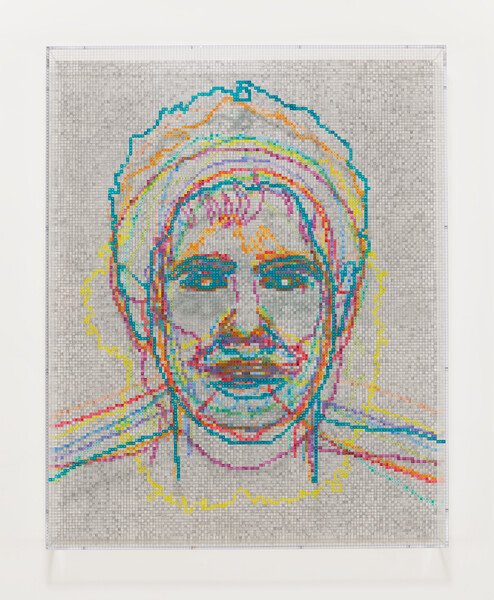NOTES
Glennon Doyle’s ONE thing.
In describing the key to her sobriety, Glennon Doyle references
that her ONE THING is what keeps her sober,
going on to explain that this ONE THING is integrity.
Glennon explains her understanding of integrity
and it’s root tapping into the concept of integration.
Being whole.
Integrity is being all of oneself in every place, all the time.
Integrity means not hiding.
Untamed, Glennon Doyle
A lesson on procrastination
There is a sweet spot where procrastination serves as a vital component in the role of creativity. People who tend to procrastinate are more creative, and the trick to this—is they aren’t running with their first idea—they’re giving the problem some time to incubate until they reach their best idea. Procrastination allows the brain to subconsciously process the solution, and that subconscious processing is where deep creativity lives.
Be wary though dear dilly-dallyers! Procrastinating for too long can sabotage your creativity as you may not have enough time to execute your best idea.
Making procrastination work for you requires two things!
An awareness of the time you’re gonna need to pull off your best idea when you find it.
A deep interest in solving the problem at hand. Boredom and procrastination are a lethal combo!
courtesy of the Hidden Brain Podcast Series You 2.0
Charles Gaines Interrogates the Nature of Meaning
These are the latest works in Gaines’s ongoing “Numbers and Trees” series, which embraces one of the enduring tropes of his five-decade career. Like a mash-up of pointillism and paint-by-numbers, these pixelated formations look like a Tetris game up close. But as one walks away, contemplating them from a distance, they begin to resemble the leafy Arizona cottonwoods depicted in the photos that are mounted beneath the grids.
There’s a Rorschach effect to these pieces, which are made according to rules-based systems. Gaines begins with an image—in this case, a photograph of a tree—and plots its outline to a dense grid. He arbitrarily assigns colors to the tree, and then his assistants paint and number the grids according to his systems. Gaines usually works in series of eight to 18, layering each finished grid with a new tree and additional colors, so the images become denser and richer. The final work, which consolidates all the grids into one unified piece, often creates what Gaines calls “a sublime response” in viewers. “My interest in doing this is to show the role that structures play in how things acquire meaning,” says Gaines. “I am making a point that art is not based upon your subjectivity.”
Faces 1: Identity Politics, #10, Edward Said
Charles Gaines
2018
Acrylic sheet, acrylic paint, lacquer, wood


